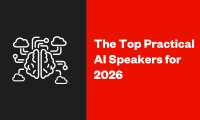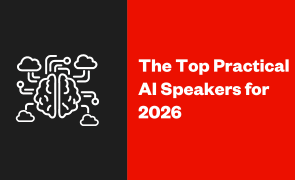Michael Casey is the Senior Advisor to MIT’s Digital Currency Initiative and author of both The Age of Cryptocurrency and The Truth Machine, two pre-eminent books on cryptocurrency. With ease and clarity, he demystifies the blockchain, breaking down what it actually means, for organizations, corporations and private citizens alike. His article for the May/June issue of MIT Technology Review explores the surprisingly long (and fascinating!) history of blockchain and why it’s so vital today.
What is a blockchain?
A blockchain is just an electronic ledger. “A list of transactions, and those transactions can represent almost anything. They could be actual exchanges of money, as they are on the blockchains that underlie cryptocurrencies like Bitcoin. They could mark exchanges of other assets, such as digital stock certificates. They could also represent instructions, such as orders to buy or sell a stock.”
What makes it special?
What makes a blockchain significant is how it’s stored. “Instead of being managed by a single centralized institution, such as a bank or government agency, it is stored in multiple copies on multiple independent computers within a decentralized network.” What this means is that no single entity controls the electronic ledger.
How does it work?
Any of the computers on which a blockchain is stored can make a change to the ledger BUT only by following a very specific set of rules. The blockchain is “dictated by a ‘consensus protocol,’ a mathematical algorithm that requires a majority of the other computers on the network to agree with the change…once consensus has been achieved, all the computers on the network update their copies of the ledger simultaneously.” This produces “an immutable, shared record of the ‘truth’—one that cannot be tampered with.”
What does it mean?
Blockchain technology represents a cheaper, more reliable method of bookkeeping. Which may not sound like a big deal, but it is: “We’ve allowed centralized trust managers, such as banks, stock exchanges, and other financial middlemen to become indispensable, and this has turned them from intermediaries into gatekeepers. They charge fees and restrict access, creating friction, curtaining innovation, and strengthening their market dominance…the real promise of blockchain technology, then, is not that it could make you a billionaire overnight or shield your financial activities from nosy governments. It’s that it could drastically reduce the cost of trust by means of a radical, decentralized approach to accounting—and, by extension, create a new way to structure economic organizations.”
Why is this a big deal?
Right now the need for trust, the cost of it, and our dependence on middlemen to provide it is a problem. “It’s one reason why behemoths such as Google, Facebook, and Amazon turn economies of scale and network-effect advantages into de facto monopolies. These giants are, in effect, centralized ledger keepers, building vast records of “transactions” in what is, arguably, the most important “currency” in the world: our digital data. In controlling those records, they control us.”
Bonus question: Why is it called Blockchain?
Because typically, the transactions are bundled into blocks of a certain size that are chained together by cryptographic locks.















